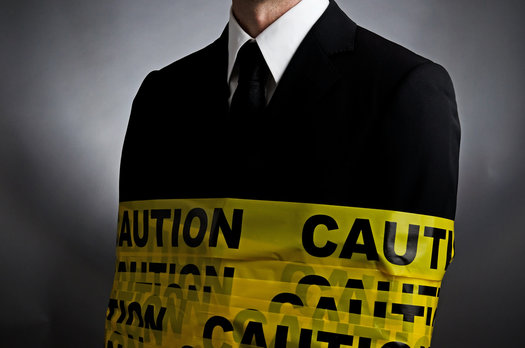 Determining roles is a critical step to creating your change strategy plan. Clear roles and responsibilities are needed to minimize redundancy and ensure all responsibilities are covered. Caution is a must when assigning these roles and responsibilities. Often roles are assigned based on availability rather than who is the most competent and best positioned. This may result in a poor fit for the role and a less than-successful outcome. Below are a few leadership and team roles you’ll want to include during your planning stage.
Determining roles is a critical step to creating your change strategy plan. Clear roles and responsibilities are needed to minimize redundancy and ensure all responsibilities are covered. Caution is a must when assigning these roles and responsibilities. Often roles are assigned based on availability rather than who is the most competent and best positioned. This may result in a poor fit for the role and a less than-successful outcome. Below are a few leadership and team roles you’ll want to include during your planning stage.
Change Process Leader
Normally an executive, this leader will have authority directly from those who have sponsored the change effort. A few responsibilities traditionally held by the Change Process Leader include:
• Facilitating the process of defining, planning, and correcting the strategy and process.
• Clarifying the scope, outcomes, pace, conditions for success, and constraints.
• Setting parameters and allocating resources.
• Advocating and integrating change initiatives and securing resources.
• Overseeing communication, information generation, and course correction.
• Modeling mindset and behavioral changes along with other leaders.
• Providing feedback and coaching to all change leaders and stakeholders.
• Directing the change leadership team and the change project team.
• Updating the executive team.
Executive Team
This team is the executive leadership team in the organization that is involved in the change management process. In many cases, this will include all members of senior management.
The executive team is generally responsible for:
• Supporting the desired outcomes of the change at a vision, strategy, and behavioral level.
• Running the business and buffering the change effort from organizational constraints.
• Making strategic decisions as negotiated with the sponsor (or delegate this responsibility accordingly to change leadership team).
• Participating in designing change strategy and desired state.
Change Leadership Team
The change leadership team is a group of leaders and key stakeholders with delegated authority to shape the outcomes and the change process. (Depending on the scope of the effort, this team
may be the same as the executive team.) The change leadership team will:
• Focus on vision, strategy, and planning of change activities.
• Assure adequate resources.
• Direct and guide communications and course correction during the change effort.
While other teams or directors may be necessary for your change management project, these three are critical to your success. This stage of planning may take more time than others. However, ensuring you have capable, competent, willing team players assigned to each role will have a tremendous impact on the victory of your change effort.
Katherine Graham-Leviss is the founder and president of XBInsight, a state-of-the-art talent assessment company that gives executives the actionable information they need to make smart people-decisions. She is the author of The Perfect Hire: A Tactical Guide To Hiring, Developing and Retaining Top Sales Talent and High-Maintenance Employees: Why Your Best People Will Also Be Your Most Difficult…and What You Can Do About It.
